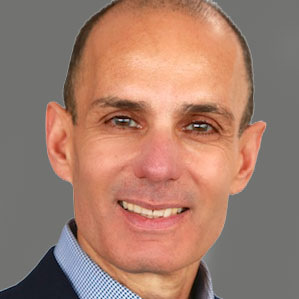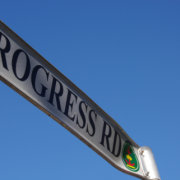Create and achieve more possibilities for yourself
When people believe a goal, ambition or dream is unattainable or unlikely to be achieved, they usually do not invest their time, heart and effort to pursue it. In plain words, they don’t go after it.
For most people this is how the story begins and where it typically ends.
However, so many people have desires, ambitions and dreams that they sincerely want to achieve and have not done so. They may have believed in these dreams in the past or even made attempts to pursue them. But, if they felt challenged or simply didn’t succeed, they gave up their efforts.
I meet so many people who have become resigned about “having it all” in certain areas of their life. People usually have convincing stories and explanations about what is “realistic” and what is not. Overall, they believe they can’t fully have what they want in some or all parts of their life. Even if they don’t convince me, I can tell they have convinced themselves.
“I don’t have enough time,” “I am too busy with work and/or family,” “I don’t have enough money,” “the time is not right,” “it’s tough out there,” “I am not good/experienced in this,” or “I probably don’t want it badly enough.” I think I have heard them all.
Our excuses and explanations are valid and legitimate. But, they disempower us because they promote the notion that we are smaller than our circumstances.
I don’t claim that we can achieve anything and everything that we want in our lifetime… and perhaps that is because of the boundaries of my beliefs. However, I truly believe that most people can achieve and have much more than they believe they can.
If you agree that people only take action when they believe it is feasible the question is “How do we make an idea feasible in our mind?”
I want to share a little technique that could be useful in this regard. Try this by following the few outlined steps. You can do this in conversation with someone or by writing your responses and thoughts in your notebook:
Step 1: Identify and call out an area where you want to achieve, do or have more.
Step 2: Clearly articulate what you want and what you are committed to in this area.
- In other words, describe the desirable end state of this area. What does it look like when you are truly satisfied and happy?
Step 3: Ask yourself the question: “What COULD I do, or what COULD be done in order to achieve my desired result or to make progress toward it?”
- As you can see that the instrumental word here is COULD.
- The word “could” implies possibility. It keeps your thinking open and unrestricted from the constraints and obligations of commitment or action.
- When you think, speculate and explore from the space of “What could be done?” you are much more inclined to think outside your box.
Step 4: Ask yourself the question: “What WILL I do to achieve my desired result or make progress toward it?”
- Only go to the fourth step after you feel you have done a good job coming up with answers to the third step.
- You don’t have to commit to anything if you don’t want to. However, if you don’t commit to what could achieve your desired result or make progress toward it at least you can be confident that the issue is not the circumstances.
- You can always commit later if you are not ready now.
- Lastly, if you choose to delay action, I strongly recommend you give up complaining or feeling helpless about your circumstances.
- Ultimately, you must give up being a victim.
Try these steps and see how much possibility you can create.











Leave a Reply
Want to join the discussion?Feel free to contribute!